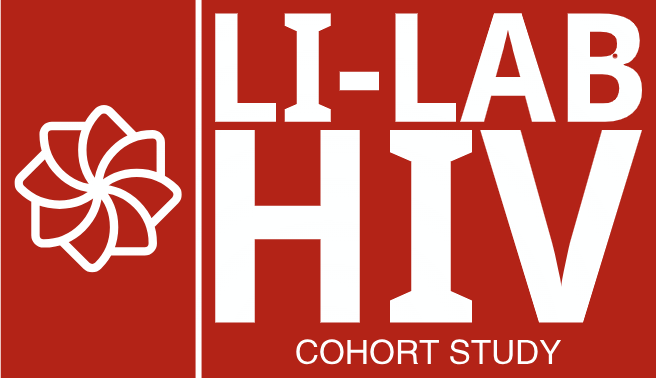AIDS is a major chronic infectious disease that endangers human health. Due to its characteristics such as hidden transmission, accompanied complications, and the need for lifelong medication treatment, it has brought huge challenges to public health. Although China is a country with a low prevalence of AIDS, the absolute number of HIV - infected people is relatively large. Data shows that as of 2022, there are 1.223 million surviving HIV - infected people, bringing a relatively heavy disease burden to society and individuals.Over the past three decades, thanks to the joint efforts of all parties, HIV infection has changed from a fatal infection to a controllable chronic disease. However, although the virus of infected people has been effectively controlled after long - term antiretroviral treatment (ART), they may have health risks caused by immunosuppression and the cumulative effect of long - term side effects of ART. Therefore, there are highly variable health conditions among different infected people. For those who have been recently infected with HIV, with the reduction of ART toxicity and the improvement of its effectiveness, AIDS - related diseases have been significantly reduced, but the prevalence of chronic end - stage organ diseases has increased. Studies have shown that more than two - thirds of the deaths of HIV - infected people are related to non - HIV - related diseases. Some non - infectious comorbidities, such as heart disease, malignant tumors, and cognitive decline, are highly prevalent among HIV - infected people, and the relevant comorbidities occur about ten years earlier than those in people not infected with HIV. Some studies have shown that 83% of HIV - infected people aged 50 and above and 63% of those aged 18 - 49 have at least one comorbidity, while 100% of those aged 75 and above have at least one comorbidity, and more than two - thirds have multiple diseases.
Therefore, establishing an infected cohort that can be observed for a long time and followed up regularly is crucial for understanding the disease characteristics of complications and comorbidities in this population, establishing accurate prevention and intervention strategies, summarizing treatment methods to accurately guide future drug use, and reducing the burdens on individuals, families, and society. It has important public health significance and extremely high necessity.
Based on the above facts, it is planned to rely on the previous treatment data of infected people to establish an HIV - infected cohort with no less than 5,000 people and formulate a complete regular follow - up mechanism to provide evidence for the treatment, prevention and control, and intervention of future HIV - infected people.
